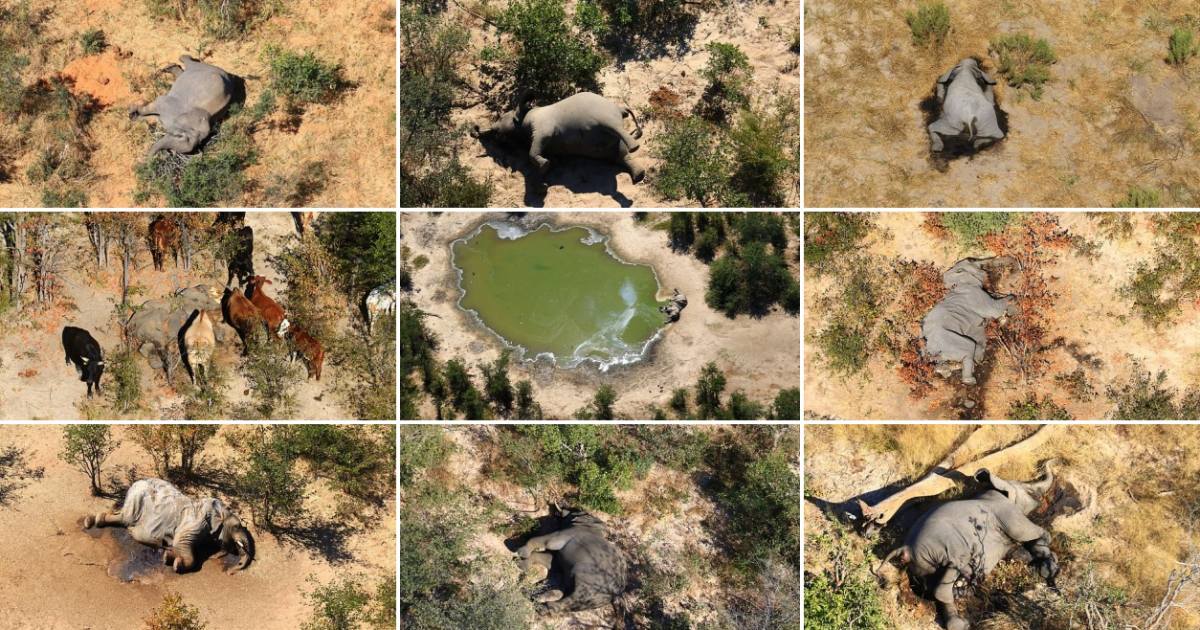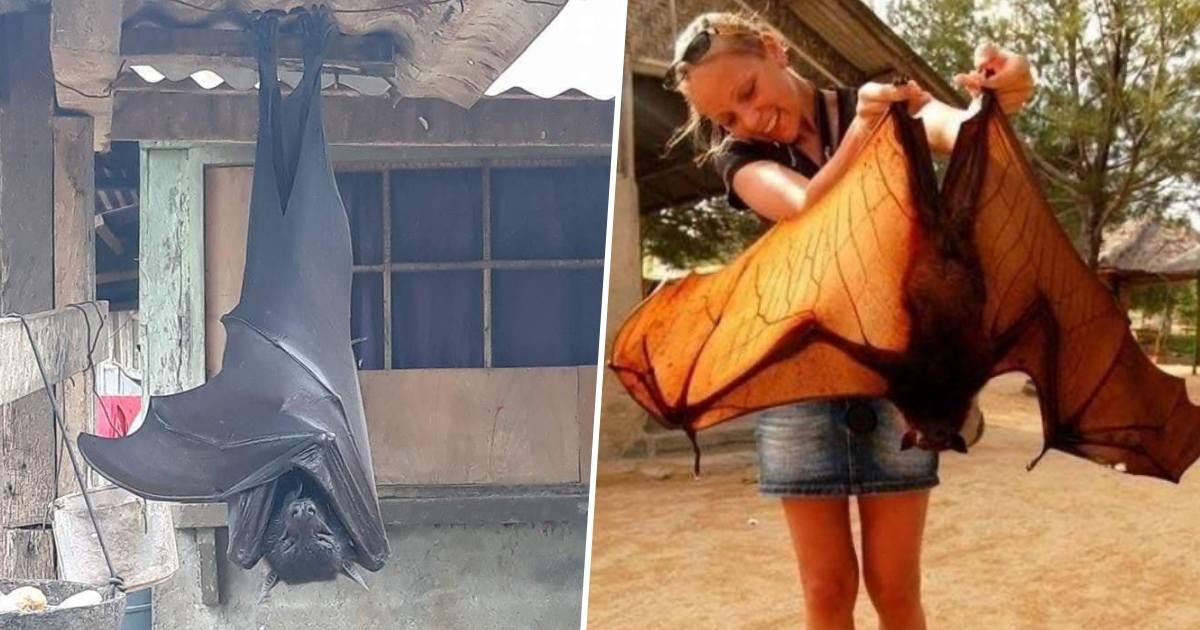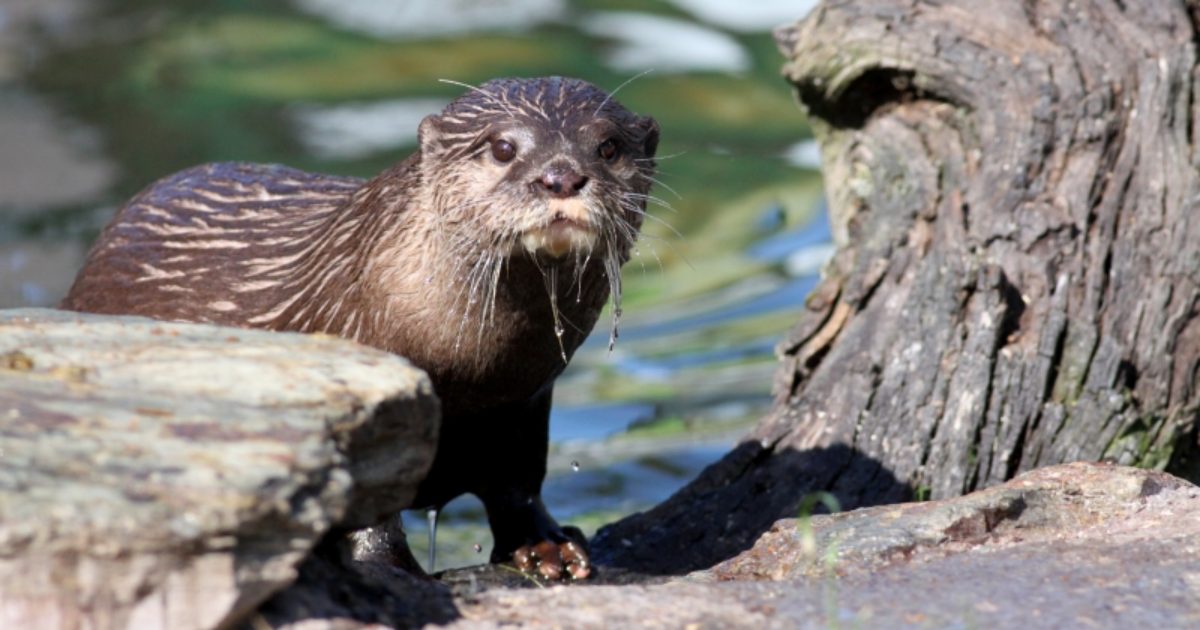LOOK: Over 350 Elephants Have Died in Botswana — And No One Understands Why
Scientists are calling it a "conservation disaster".
by Cristina Morales | July 02, 2020
Hundreds of elephants are dropping dead in Botswana and conservationists are stumped as to what could be causing it.
The elephant deaths were first reported in early May, with 169 individual elephants dead by the end of the month. By the middle of June, that number had more than doubled. But conservationists are still at a loss as to what could be causing this mass die-off. Around 350 elephant deaths have been reported, but conversationists say that the true death toll could be higher, as carcasses can be difficult to spot.
What could be causing these deaths?
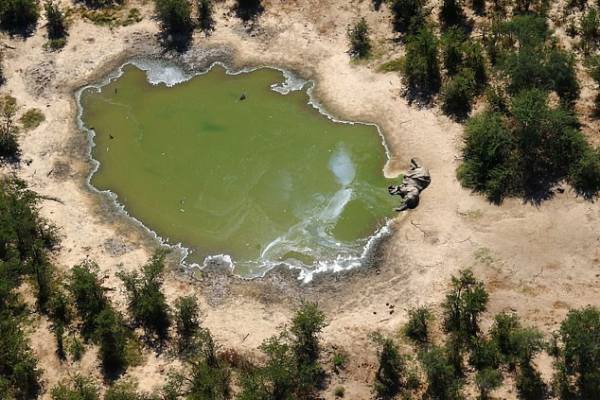
Local sources say that 70% of deaths were found around watering holes.
“This is a mass die-off on a level that hasn’t been seen in a very, very long time. Outside of drought, I don’t know of a die-off that has been this significant,” Dr Niall McCann, the director of conservation at UK-based charity National Park Rescue, told The Guardian.
McCann says that the two most likely possibilities are poisoning or an unknown pathogen.
Whatever is causing this is affecting elephants of all ages and sexes. According to local sources, 70% of the deaths were clustered around waterholes. Locals have reported sightings of elephants walking in circles — a sign of something possibly attacking their neurological systems. Some carcasses have fallen straight on their face, indicating quick deaths, but others have died more slowly. Some live elephants look emaciated and weak, so it’s likely that more will die soon. Neighboring countries have not reported similar elephant deaths.
Poaching has been ruled out, but could it be poison?
Botswana’s government has already ruled out poaching as the tusks had not been removed. Anthrax, which killed 100 elephants in Botswana last year, has also been ruled out.
Poachers in Zimbabwe often use cyanide, but locals have observed that scavenging animals are not dying at the carcasses. Locals have also reported that there were fewer vultures on carcasses, but apart from that, have not observed abnormal behavior from scavengers.
Conservationists are now urging government authorities to guard the carcasses to prevent poachers from taking the tusks.
If it’s a pathogen, are humans at risk?
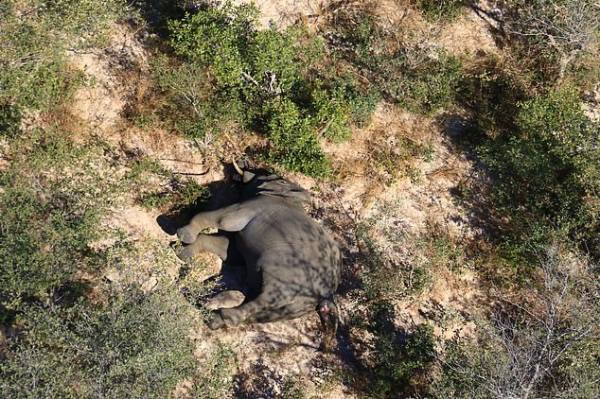
Until tests are conducted, conservations won’t understand what’s going on.
Some have said that COVID-19 could be a possible cause, but this is considered unlikely by conservationists. The Botswana government has not tested samples, so what is causing this mass die-off is still a mystery, and we have no information on whether or not humans can be affected by whatever’s harming the elephants.
“There is no precedent for this being a natural phenomenon but without proper testing, it will never be known,” said McCann.
The pandemic has made it more difficult for the Botswanan authorities to send samples to the lab, says Dr. Cyril Taolo, the acting director for Botswana’s department of wildlife and national parks.
“We are aware of the elephants that are dying,” Taolo tells The Guardian. “Out of the 350 animals we have confirmed 280 of those animals. We are still in the process of confirming the rest.
“We have sent [samples] off for testing and we are expecting the results over the next couple of weeks or so. The COVID-19 restrictions have not helped in the transportation of samples in the region and around the world. We’re now beginning to emerge from that and that is why we are now in a position to send the samples to other laboratories.”
What do you think could be causing this? Share your thoughts in the comments below.



